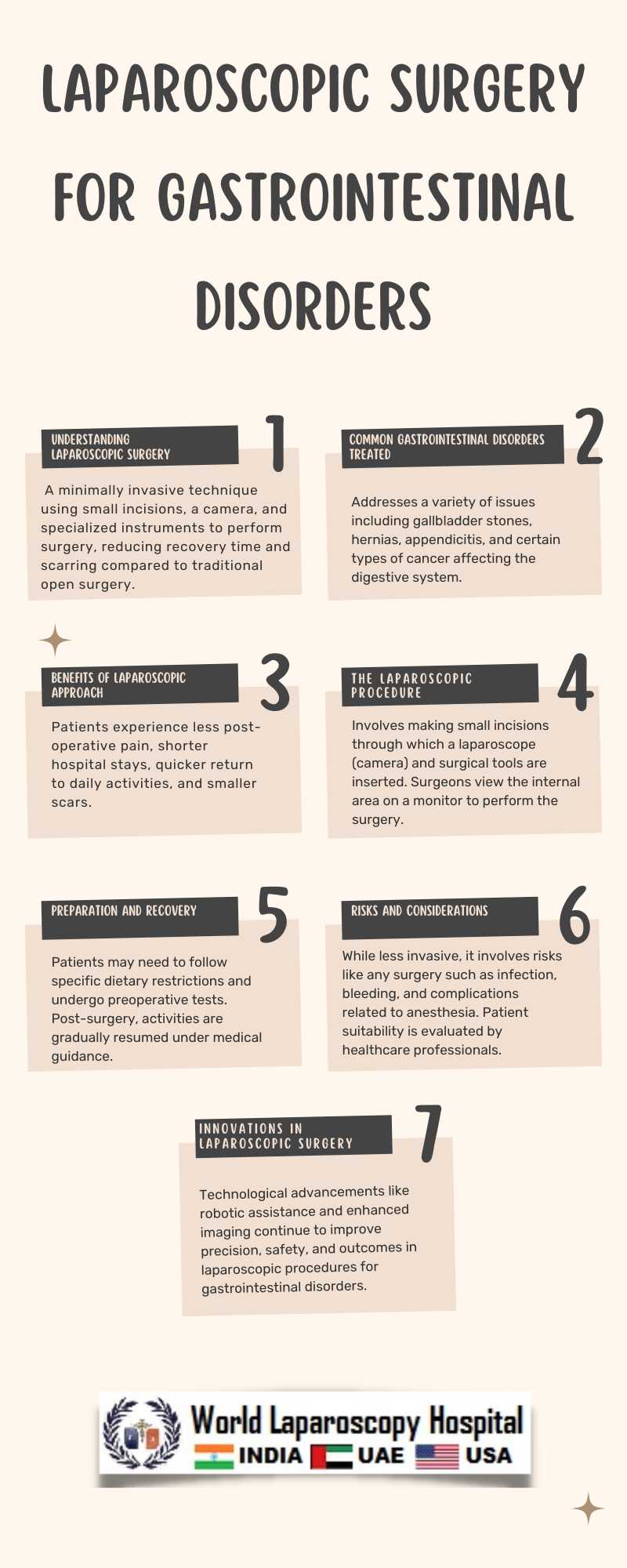
The essence of laparoscopic surgery lies in its technique. Surgeons make several small incisions, typically 0.5–1.5 cm, through which a laparoscope (a long, thin tube with a high-intensity light and a high-resolution camera at the front) and specialized instruments are inserted. The camera transmits images to a monitor, providing a magnified view of the surgical site. This enables the surgeon to perform the procedure with precision and minimal disruption to the surrounding tissues.
Laparoscopic surgery has been widely adopted for a variety of gastrointestinal conditions, including but not limited to appendicitis, gallbladder diseases (such as gallstones), hernias, and diseases of the stomach, intestines, liver, and pancreas. It is particularly beneficial in the treatment of colorectal cancer, where it has been shown to offer outcomes comparable to open surgery, with the added advantages of less postoperative pain and faster return to normal activities.
One of the key advantages of laparoscopic surgery is the reduction in postoperative pain and discomfort. The smaller incisions cause less trauma to the body, leading to less pain and a reduced need for pain medication. This not only enhances patient comfort but also reduces the risks associated with pain management, such as opioid dependence.
Moreover, the minimally invasive nature of laparoscopic surgery leads to significantly shorter recovery times. Patients often experience faster return of bowel function and can resume their normal diets sooner. This accelerated recovery allows patients to return to their daily activities, including work, much more quickly than after open surgery.
The cosmetic outcomes of laparoscopic surgery are also superior. Smaller incisions result in less noticeable scars, which is an important consideration for many patients. This can have a positive impact on the patient's body image and overall satisfaction with the surgical outcome.
However, laparoscopic surgery is not without its challenges and limitations. It requires specialized training and expertise, as well as advanced surgical equipment. The procedure may not be suitable for all patients, especially those with extensive previous abdominal surgeries or certain complex medical conditions. The decision to perform laparoscopic surgery should be made on a case-by-case basis, considering the specific needs and conditions of each patient.
Conclusion
Laparoscopic surgery represents a significant advancement in the treatment of gastrointestinal disorders. Its minimally invasive approach offers numerous benefits, including reduced pain, quicker recovery, and better cosmetic results, without compromising the effectiveness of the treatment. As surgical techniques and technologies continue to evolve, the scope of laparoscopic surgery is likely to expand, offering hope and improved outcomes for patients with a wide range of gastrointestinal conditions.